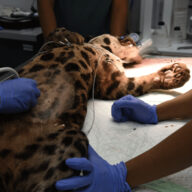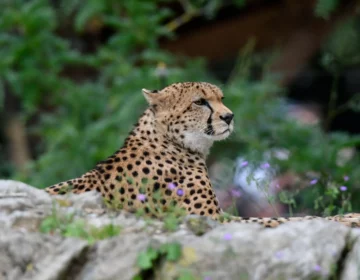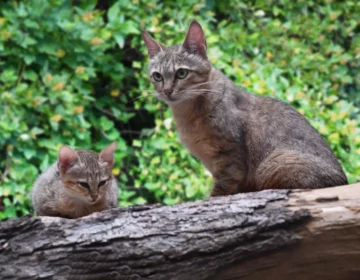
Asiatic lion
Panthera leo persica
Asiatic lion
APPEARANCE
The lion has a muscular body with very strong front paws. Its coloration varies from fawn and gray to yellowish red and dark brown. Its nose color becomes darker with age in both sexes, and its mane becomes more pronounced and darker over time. The Asiatic lion has a smaller and shorter mane than the African lion, so their ears are always visible. Male Asian lions have a more pronounced tuft of hair on their elbows than their relatives in Africa. The most striking feature, however, is the distinctive belly skin (belly fold) of the Asiatic lion, which is rarely seen in lions living in Africa.
DISTRIBUTION AND HABITAT
Until the turn of the 20th century, the Asiatic lion was found only in the Gir forest in Gujarat, India. Today, lions are also found outside the Gir protected area, such as in the forests of Girnar, Mitiyala, the coastal areas of Sutrapada-Kodinar, Jafarabad-Rajula up to the Savarkundla and Palitatna hills.
The Asiatic lion is found mainly in forest habitats, while the African lion inhabits mainly savannah ecosystems. Asiatic lions prefer moist mixed forests.
BEHAVIOUR
Asiatic lions are mainly active at night and dusk. They spend most of the day resting. Like African lions, they live in a complex social system, but herd structure varies and even changes locally depending on resource availability. The herd size of Asiatic lions (measured by the number of adult females) tends to be smaller than in African lion populations.
FOOD
The Asiatic lion primarily hunts ungulates such as small deer and antelope.
MAIN THREATS
Historically, Asiatic lions have been reduced to a single population due to hunting and habitat loss and fragmentation. Although these threats have been overcome through rigorous conservation, today the main threats are largely related to human-cat conflicts caused by their close proximity.





